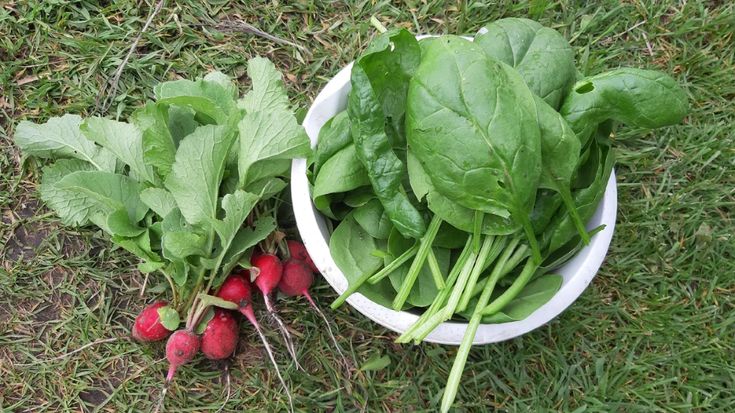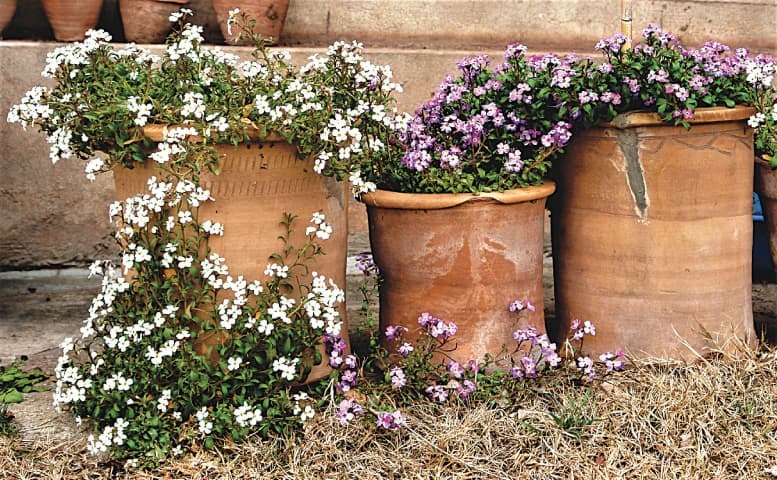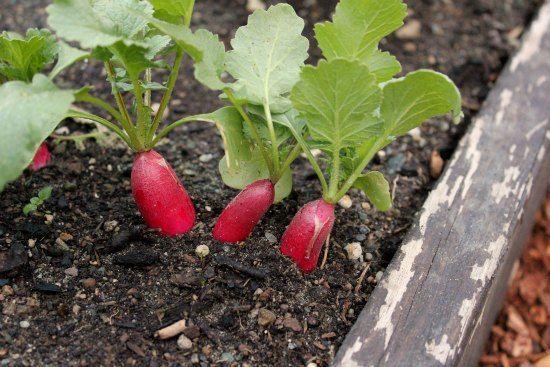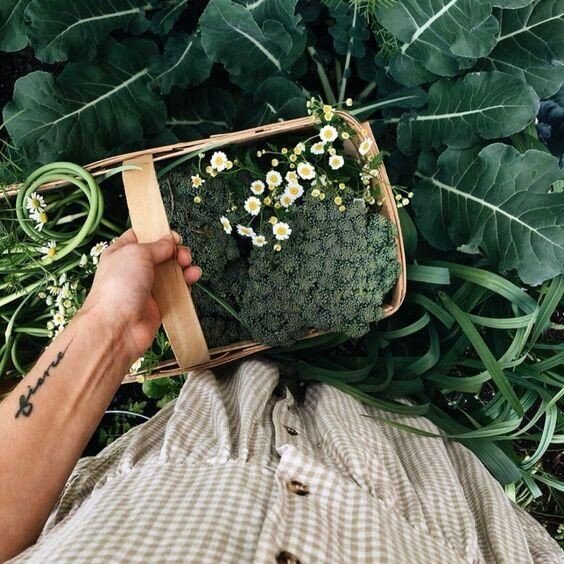
I’ve gotten parts of questions with respect to planting and how to start developing nourishment. Indeed, in spite of the fact that I’ve been cultivating for a long time, I have dodged making any blogs or recordings around it since I feel insufficient to be sharing. I’m not a master by any means, and I have learned more through involvement and developing my observing my mother cultivating. I don’t have any tried-and-true assets to direct you to, fair support to get out there and attempt it! You can peruse all the books and observe all the YouTube recordings, but you’ll never genuinely know how it’s going to turn out unless you attempt it yourself. Whereas books and assets have their place and certainly are vital, in my conclusion, trial and blunder are the best cultivated instructors there are when learning how to plant a spring garden.
Trial and mistake are the best plant instructors there are.
The data here may shift depending on what zone you live in. I live in the northern midwest, so our spring comes much afterward, whereas those of you in the south may as of now have a warm climate. I will direct you to discover the best dates for planting based on where you live.
Know your Zone
There are two imperative things you require to know when it comes to planting your plant, and that is your planting zone and the normal final ice date for your zone. Press the buttons underneath to calculate yours. Once you have this data, you are prepared to start arranging your spring garden!
- find your USDA plant hardiness zone
- Calculate evaluated planting dates
Keep in mind that these are fair gauges. Knowing these dates is a great starting point, but over a long time, you will learn the genuine climate designs of your region and can way better decide when to plant.
What to Plant in Spring Garden
Spring planting is a parcel more diverse than summer planting. It’s not very time for tomatoes and corn; however, in step, it’s the season of light and detoxifying nourishments. Unless you are distant down south, in spring you need to plant fast-developing, frost-tolerant crops.Brassicas like broccoli and cabbage thrive when planted in spring, allowing them to grow before the summer heat.
There are also select crops that can be planted in early spring for a summer collect, like chamomile, calendula, potatoes, and different blossoms. Once more, this will change agreeing to your zone. I’m in zone 6b, and this is a look at what develops in my spring plant:
Direct: Sow
Lettuce (Ruddy leaf, green leaf, romaine, baby)
Spinach
Kale
Radishes (ruddy, easter egg, french breakfast)
Peas (shelling and sugar snap)
Scallions
Root vegetables (beets, turnips, carrots)
Kohlrabi
Herbs (Chamomile, calendula, cilantro, parsley, dill)
Potatoes
Transplant:
Onions
Cabbage
Broccoli
Cauliflower
Established:
Chives (a perennial)
Rhubarb (a perennial)
Garlic (planted in the harvest time previous)
Perennial herbs (oregano, mint, lemon demulcent, catnip, etc)
Where I get my seeds
There are numerous incredible places to buy seeds from. I like to buy from an assortment of little companies online as well as my cultivation centers. I always ensure my seeds are organic and free from any unnatural chemicals.

High-Cutting Natural Seeds
Southern Presentation Seed Exchange
Renee’s Garden
If you can’t arrange online for any reason, check to see what your nearby planting center has to offer. Here is a list of little seed companies that you can check out as well.
Most definitely, keep in mind that it’s truly difficult to mess this up. Yes, you will have seeds that don’t grow or things that don’t develop well, but you are bound to get something out of your plant. If not nourishment, at the exceptionally slightest, more information that you can utilize the next time around. Plant, water, and weed, hold up persistently, and observe them develop.
How to Plant a Garden
You can see that I direct-sow most crops, whereas beginning a few inside. In my zone, I have no issue beginning greens from seed, so to spare space inside, I essentially direct-sow most of those crops. Root vegetables should be direct-sown to avoid disturbing the roots, or you’ll get misshapen carrots and radishes!
Onions, cabbage, broccoli, and cauliflower, in any case, are amazing long-developing crops that require those additional few weeks inside in order to create an appropriate gathering time.Starting your own transplants is cheaper, but you can buy them locally if you’re short on time.
Most, if not all, seed parcels will have all the planting data you require on the back of the bundle—from the seed profundity, when best to plant, whether to begin the seeds inside or not, push dividing, etc. If not, a speedy visit to the site you bought from will loan you the reply. A great rule of thumb is to plant the seed at a profundity of two times the width of the seed. Smaller seeds like lettuce need 1/8 inch of soil, while larger seeds like peas require 1 inch.
My Favorite Source for Quality Seeds: Botanical Interests
Most critically, keep in mind that it’s truly difficult to mess this up. Some seeds may not sprout, and some plants may struggle, but you’re sure to gain something from your cultivation efforts. If not nourishment, at the very least more information that you can utilize next time around. Plant, water, weed, hold up calmly, and observe them develop.
I feel so energized for everyone starting their own planting journey! Get out there and attempt it, whether you think you have a green thumb or a dark one. Cultivating involves countless misfortunes but also countless triumphs. Once more, trial and mistake is your best educator. Supplicating a bountiful and productive gathering for you all!
 Spring Garden
Spring Garden

